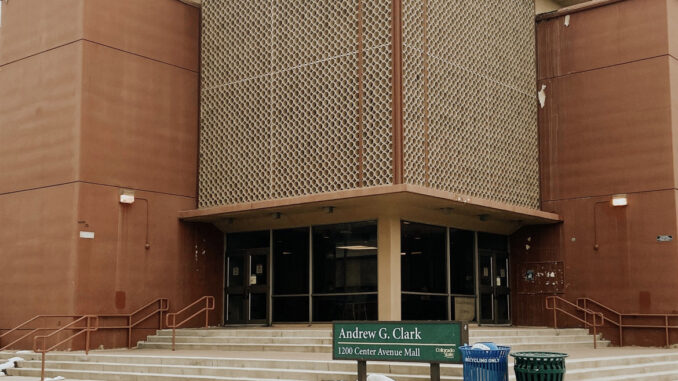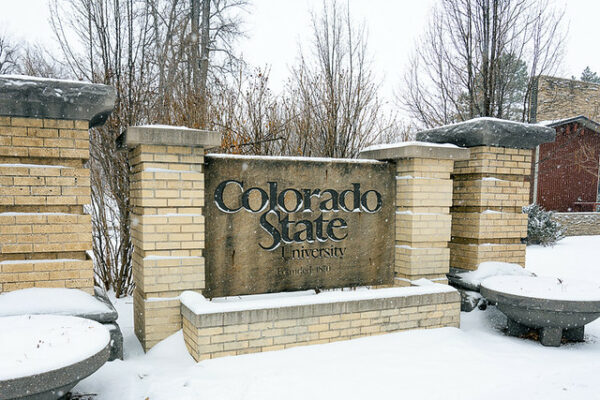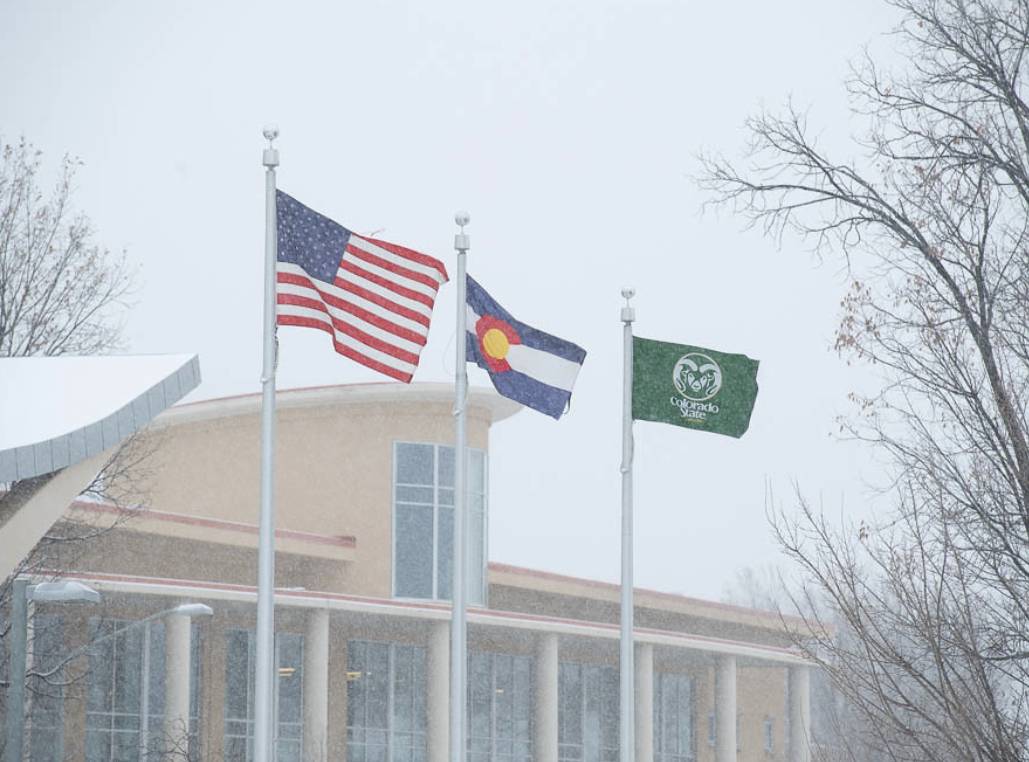

The recent surge of freezing temperatures created plumbing issues throughout northern Colorado, ranging from commercial businesses to residential homes. The City of Fort Collins provided Cold Weather Tips through the city’s official website, offering advice during the winter months to help be preventative and avoid plumbing damage.
Before the Weather Hits
- Know the location of your water shut-off valve. If a pipe breaks, you won’t want to have to find it then or, worse, wait for someone to arrive at your place to find it for you.
- Keep your meter pit and curb stop accessible. If you cannot operate your shut-off valve inside the building, you may need to have your plumber or Fort Collins Utilities turn off the water at the curb stop near the street. To reach Fort Collins Utilities for emergencies, call 970-221-6700.
- Turn off outdoor faucets and be sure to disconnect hoses.
- Winterize unheated or vacant buildings. Significant property damage and water loss can occur before someone discovers a burst pipe in a vacant building. If your vacant building has a fire protection system, make sure there is no danger that the water servicing this system might freeze.
- Insulate water pipes that may be vulnerable to the cold or have caused problems before. Pipes close to exterior walls or in unheated basements can be wrapped with pieces of insulation. Don’t overlook pipes near windows, which can quickly freeze. For particularly difficult pipes, consult a professional on how to select and apply heat tape. Pay special attention to indoor water meters. If the meter freezes, it can cause your basement to flood, and the meter might need to be replaced before you will have water again. Caution: Improper use of heat tape can cause fires. Never put heat tape on the water meter to avoid damaging the meter’s plastic components.
- Identify and seal openings that allow cold air into the home. Look near windows, door frames, cable holes or dryer vents. Seal these cracks with caulk or insulation to improve weatherization. The Epic Homes program can help residential customers identify these areas and provides incentives for weatherization.
During a Freeze
During the winter months, sustained temperatures below 20 degrees Fahrenheit can cause pipes to freeze. Freezing pipes could cause leaks and expensive damage to your home or business.
- Maintain the interior temperature at 55 degrees Fahrenheit or greater.
- Keep the garage doors closed to prevent excess cold air coming into the home.
- Periodically open cabinet doors under kitchen or bathroom sinks to allow warm air to circulate around the plumbing.
- Leave interior doors open to rooms that have uneven distribution of heat to allow the warm air to circulate evenly.
- Let water drip at about 5–10 drops per minute for plumbing along an outside wall or fed by exposed piping during sustained temps below 20 degrees. Place a bucket underneath the faucet so the water can be saved for other household uses.
- Monitor your water use. Use MyWater to identify any leaks or breaks, especially if you are out of town.
If You Think a Pipe has Already Frozen
- Don’t wait for nature to take its course. Thaw the pipe as soon as possible or call a plumber for help.
- If you do it yourself, shut off the water or test the shut-off valve. You don’t want water suddenly gushing from the pipe when it thaws.
- Remember: When thawing things, slower is better. Pipes warmed too fast may break. A hair dryer trained at the frozen area of the pipe is appropriate. A blow torch is not.
Colorado State University recently released a memo on its website stating that repairs were underway due to recent extreme cold temperatures experienced during Christmas week, which resulted in “frozen fan coils bursting” within the B and C wings of the Clark Building.
The memo stated that facility management crews discovered the damage on Christmas Eve. As of December 27, the B and C wings of the Clark Building will remain closed during repairs and cleanup, likely to resume in the new year.
According to CSU assistant vice president of communications Greg Harrison, as of Thursday, December 29, projections for repairs were still on schedule. “A lot of what we’re doing right now is just drying out the buildings, but other than that it looks like we’re in good shape to have our facilities back online by the time we start back in January for the new semester,” Harrison said. “Our employees are looking daily, and they continue to look deeper and monitor to make sure there’s nothing new that had been overlooked previously. So, we’ll continue to monitor closely and so far, so good.”
The memo further clarified that while other campus buildings were affected by frozen pipes, such as the Student Recreation Center, Biology, the Lory Student Center, and Canvas Stadium, those buildings are not closed and currently remain open.

In a statement released, the University made it clear that measures were taken on their part to prepare for the coming storm. Furthermore, CSU stated, “These steps included reducing outside air levels and increased return air levels, as both contributed to recirculate heated air within buildings to conserve the energy required to heat buildings; preparing the District Energy Plant to prepare for cold temperatures; and deploying custodial employees to monitor building conditions. Additionally, extra heaters were placed on-site at the Foothills campus for facilities used to care for horses[…]Heat and electricity were operational throughout the week. Because of the fast work and responsiveness of CSU’s facilities employees, leaks were stabilized, and further damage was prevented. CSU employees have been focused over the past few days on clean-up and repair and will continue their efforts to be ready for the start of the spring semester in January. We want to thank our incredible, hard-working staff for their excellent work this week to minimize any damage and keep the campus in good shape.”
Support Northern Colorado Journalism
Show your support for North Forty News by helping us produce more content. It's a kind and simple gesture that will help us continue to bring more content to you.
BONUS - Donors get a link in their receipt to sign up for our once-per-week instant text messaging alert. Get your e-copy of North Forty News the moment it is released!
Click to Donate